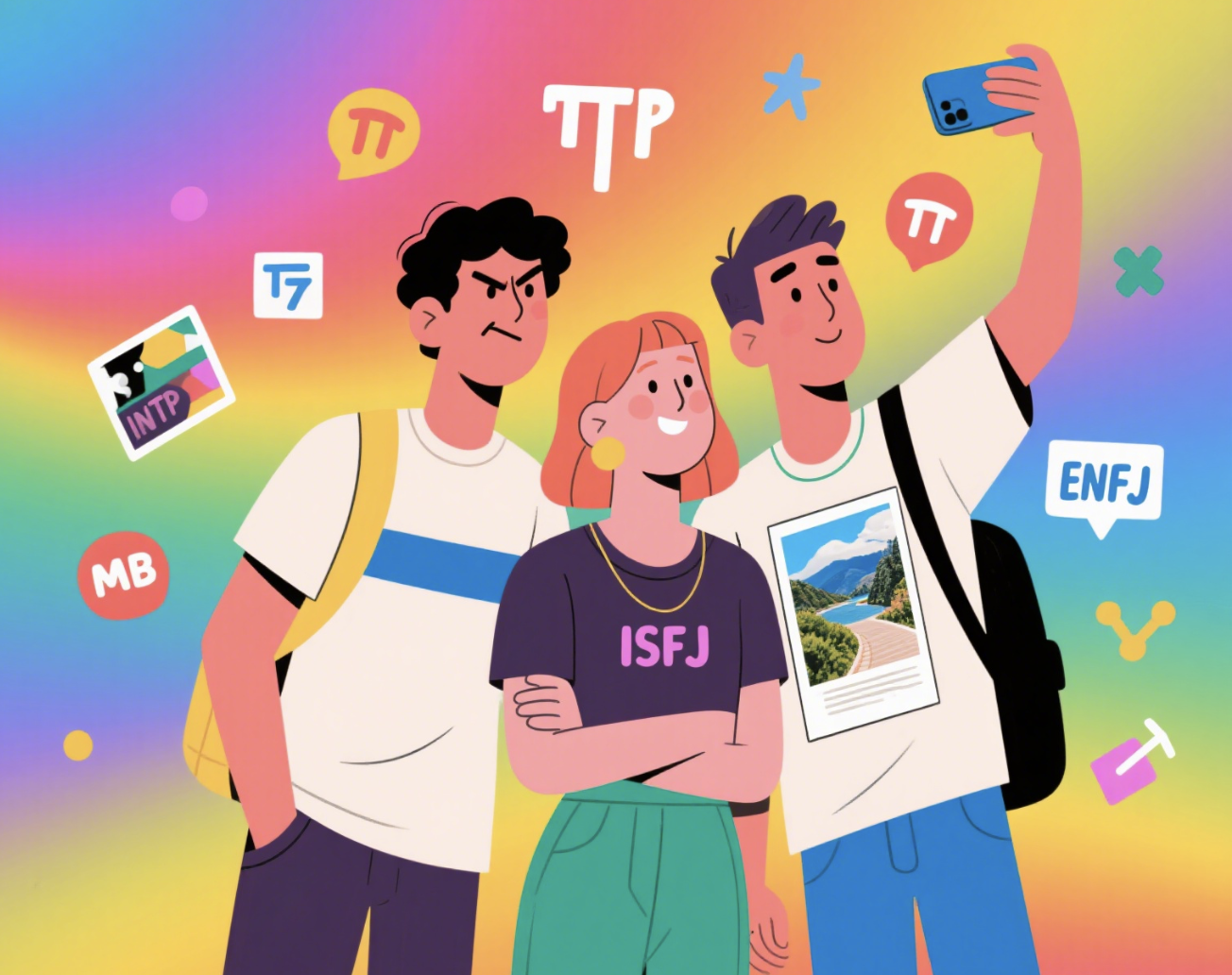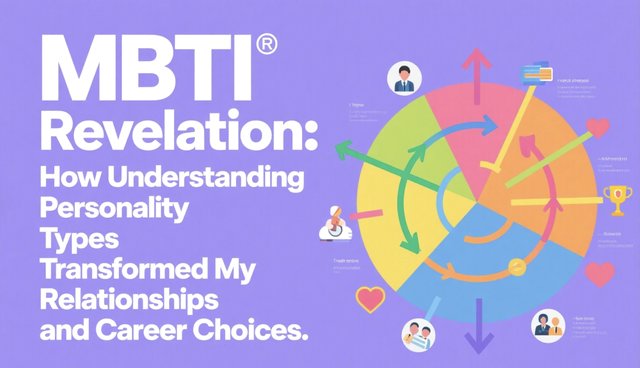MBTI Stereotypes Exposed: Why INTPs Are Sarcastic, ISFJs Post ‘Aesthetic’ Selfies, and ENFJs Love Travel Pics

MBTI Stereotypes Decoded: The Psychology Behind Personality-Driven Social Media Habits
The Myers-Briggs Type Indicator (MBTI) isn’t just a tool for career counseling—it’s also a goldmine for understanding why people behave the way they do online. From INTPs’ razor-sharp sarcasm to ISFJs’ meticulously curated selfies, each personality type has distinct (and often meme-worthy) tendencies. But are these stereotypes just harmless fun, or do they reveal deeper truths about how our cognitive functions shape our digital personas?
Let’s break down the most viral MBTI stereotypes and explore their psychological roots.
1. INTPs: The Dark Humor Philosophers
“Sarcastic, obsessed with class struggles, and allergic to small talk.”
INTPs (Introverted, Intuitive, Thinking, Perceiving) are known for their analytical minds and love of abstract theories—but they’re also infamous for their dark, often self-deprecating humor. Their Ti (Introverted Thinking) function drives them to deconstruct social norms, leading to witty (and sometimes brutal) observations about power dynamics, hypocrisy, and existential absurdity.
Why It Makes Sense:
Ti-Ne combo: They enjoy exploring unconventional ideas, making them natural satirists.
Inferior Fe: Their underdeveloped extroverted feeling can result in unintentionally harsh jokes.
Class sensitivity: Their Ne (Extroverted Intuition) picks up on systemic patterns, making them hyper-aware of social hierarchies.
Career Fit: INTPs thrive in fields like data science, philosophy, or comedy writing—anywhere they can dissect ideas freely.2. ISFJs: The Aesthetic Selfie Curators
“Homepage full of soft-filtered selfies with captions like ‘Grateful for little moments.’”
ISFJs (Introverted, Sensing, Feeling, Judging) are the caretakers of the MBTI world, and their social media presence reflects their love for harmony and tradition. Their Fe (Extroverted Feeling) drives them to present a polished, positive image, often through carefully staged photos and uplifting captions.
Why It Makes Sense:Si (Introverted Sensing): They cherish nostalgia, hence the “aesthetic” throwbacks.
Fe need for approval: Their posts are often designed to foster warmth and connection.
Struggle with deep discourse: Their tertiary Ti isn’t as developed, making abstract rants rare.
Career Fit: ISFJs excel in healthcare, teaching, or social media management—roles where empathy and consistency matter.3. ENFJs: The Wanderlust Influencers
“Feed is 90% travel pics, 10% motivational quotes about ‘finding yourself.’”
ENFJs (Extroverted, Intuitive, Feeling, Judging) are natural-born leaders who love inspiring others—and their Instagram feeds prove it. Their dominant Fe (Extroverted Feeling) makes them crave shared experiences, while their Ni (Introverted Intuition) pushes them to seek meaning in every adventure.
Why It Makes Sense:Fe-Se combo: They enjoy sensory-rich experiences (travel, art) and sharing them.
Ni idealism: Their captions often tie trips to personal growth narratives.
Tertiary Ti blind spot: They might avoid controversial topics to maintain group harmony.
Career Fit: ENFJs shine in coaching, nonprofit work, or travel blogging—anywhere they can motivate others.4. The “Peak Stereotype” Fanbases
The article’s original examples—like “fengge fans are either sexually repressed or just here for chaos”—highlight how MBTI can explain niche internet subcultures.
ISTPs (“The Mechanics”): Often the “lone wolf” meme lords who enjoy absurdist humor.
INFJs (“The Mystics”): Their feeds alternate between deep poetry and cryptic venting.
ESTPs (“The Thrill-Seekers”): Gym selfies, extreme sports clips, and zero introspection.
The Bigger Question: Are these stereotypes reductive? Yes—but they’re also rooted in cognitive functions. The key is using them for self-awareness, not pigeonholing.Final Verdict: Stereotype or Self-Fulfilling Prophecy?
While MBTI memes are exaggerated, they capture real behavioral trends shaped by our cognitive preferences. Understanding these patterns can help you:
Leverage strengths (e.g., an INTP embracing their analytical humor in a writing career).
Improve weak spots (e.g., an ISFJ practicing deeper self-expression).
So next time you see an ENFJ’s Bali sunset post or an INTP’s rant about capitalism, remember: It’s not just a meme—it’s psychology in action.
Want to find your ideal career based on MBTI? Take ProMbti’s free assessment and unlock your potential today!




